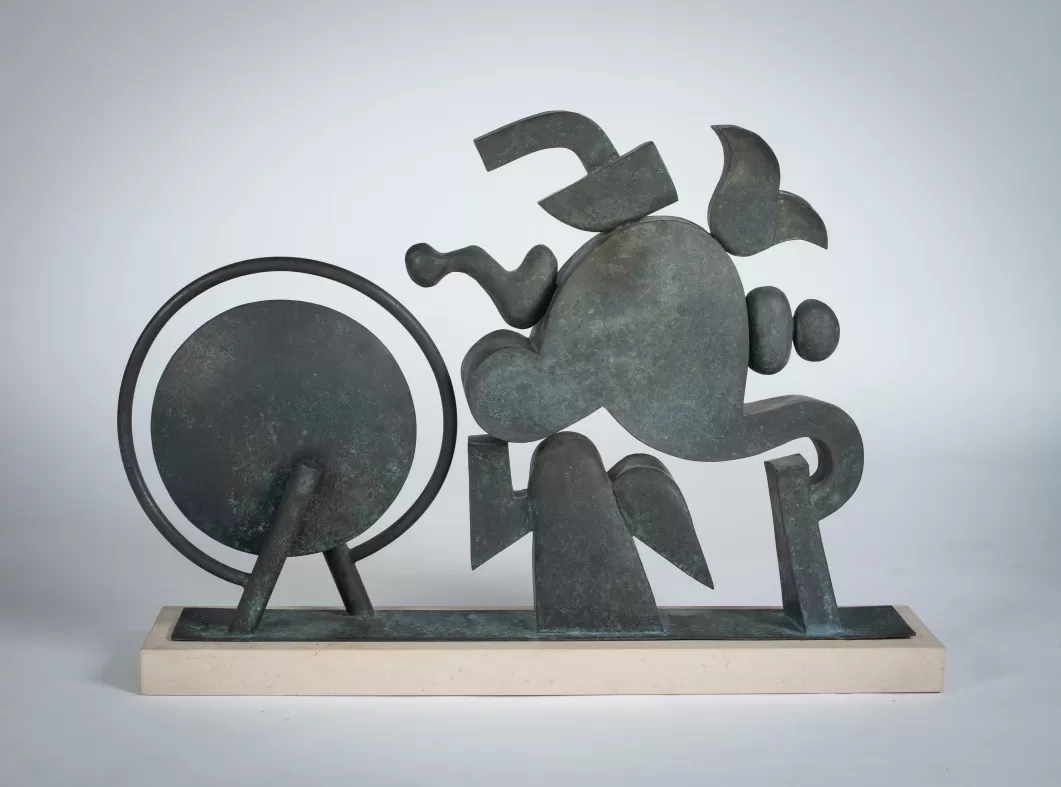Walk inside Karen Goldberg’s plant shop on Spokane’s South Hill, especially in the middle of winter, and the air just feels different. The humidity level is higher than our dry winter air, and the lush yet subtle scent of green, growing things is all around. But beyond that, the air actually feels different when you breathe it in — it’s soft, pleasing, even calming.
“The cumulative effect of all the plants in here is that they create their own environment,” Goldberg says. “If you look at my windows you’ll see the humidity level is really high. They’ll fog up the windows and create their own little ecosystem in here.”
Goldberg moved to Spokane from the Los Angeles area about three years ago after visiting her brother, who teaches at Whitworth. In California, she ran a highly successful interior plantscaping business: She would go into the homes and offices of well-to-do show-biz types and create complete indoor environments with plants. But the stress of running the business was ruining her health. She was diagnosed with fibromyalgia and had to find a new way of living.
Once in Spokane, she noticed that while the Inland Northwest has many avid outdoor gardeners, fewer people focused on indoor plants. She opened her shop, the Plant Wizard (3103 S. Grand Blvd.), in June 2005 and has slowly found a niche in the community. “Now I’m known for my orchids,” she says. “I’m known as the go-to person for [indoor] plant problems — people direct everybody to me.
In addition to the gorgeous blooming orchids, Goldberg carries a wide variety of houseplants in all sizes, from tiny 3-inch pots to towering 8-foot dracaenas, palms and ficus trees.
A growing body of scientific research supports that instinctive sense that plants are good for you. A landmark study in 1989, co-sponsored by NASA and the Associated Landscape Contractors of America (ALCA), demonstrated that several common houseplants can reduce the most common indoor pollutants, including benzene, trichloroethylene (TCE) and formaldehyde. The study recommended at least one potted plant for every 100 square feet of indoor space.
But astronauts aren’t the only ones who have to worry about indoor air pollution: The EPA says the air inside our relatively airtight energy-efficient homes and offices can be more seriously polluted than the outside air in even our largest most industrial cities.
The principal investigator on the NASA study, Dr. B. C. Wolverton of Mississippi, has gone on to found his own company, Wolverton Environmental Services, and he continues to study the use of plants to improve indoor air quality. In 1996, he published a report suggesting that houseplants be used instead of humidifiers to increase the relative humidity inside energy-efficient homes and offices. Plants, he wrote, increase indoor relative humidity without adding new problems, like mold and potentially harmful bacteria.
Beyond cleaning the air, plants also deliver emotional benefits. “Mentally they’re healthy for you because instead of having an empty space, you’ve got green all around you, or an orchid in bloom, and it helps your mood,” Goldberg says. “You’ve got living things in the house, and they give off a positive energy.”
There’s actually a whole field of study now devoted to the therapeutic uses of plants — not as medicines to be ingested, but as living things. Called horticultural therapy, the field encourages clients to work with plants, whether outdoors in a garden or inside a greenhouse or home. While the field is new, the idea is not: According to the American Horticultural Therapy Association, awareness of plants’ health benefits began in the 19th century, when Dr. Benjamin Rush, a pioneer in American psychiatry, reported that garden settings held curative effects for people with mental illness.
Back at the Plant Wizard, Karen Goldberg knows all about the research, but for her it comes down to common sense. “Plants in general are just healthy for you,” she says, “because they add visual interest to your house, they’re something living, they clean the air, and they add humidity. [At home] I put my orchids in places where I live and can see them. It’s pleasurable, and it makes life easier here.”















